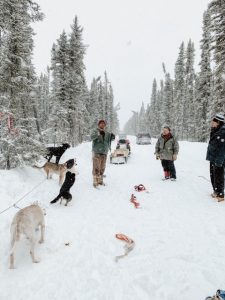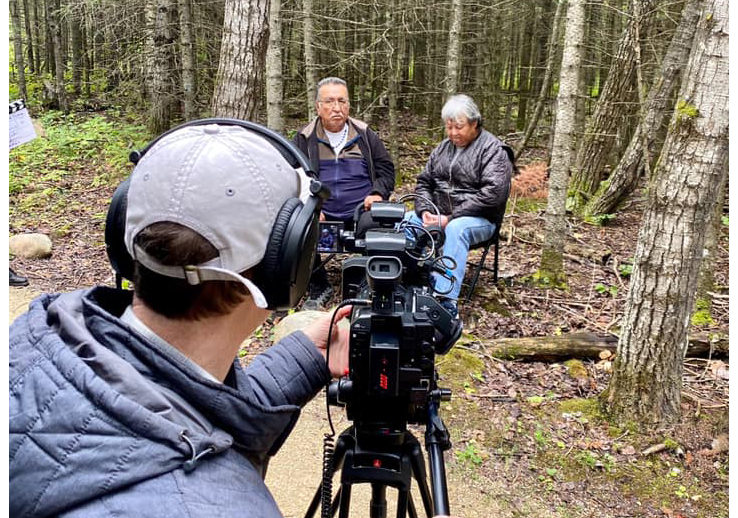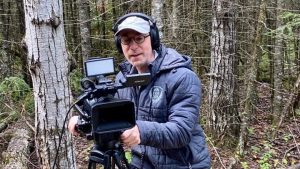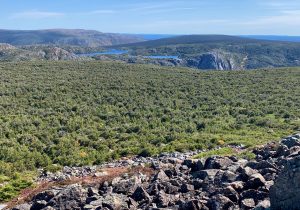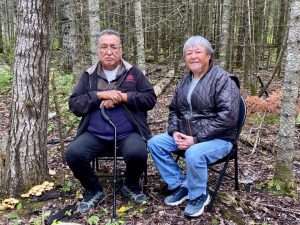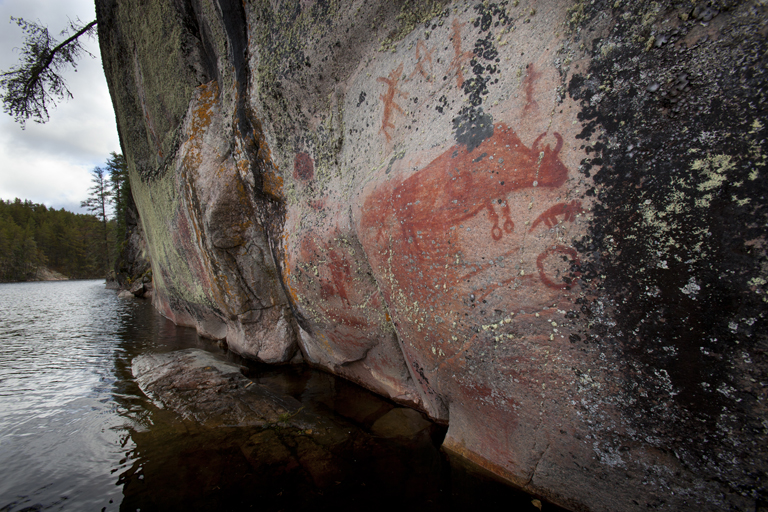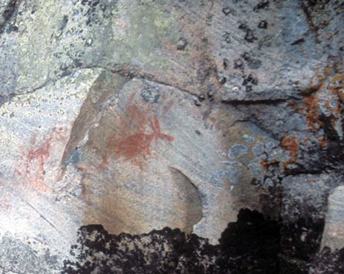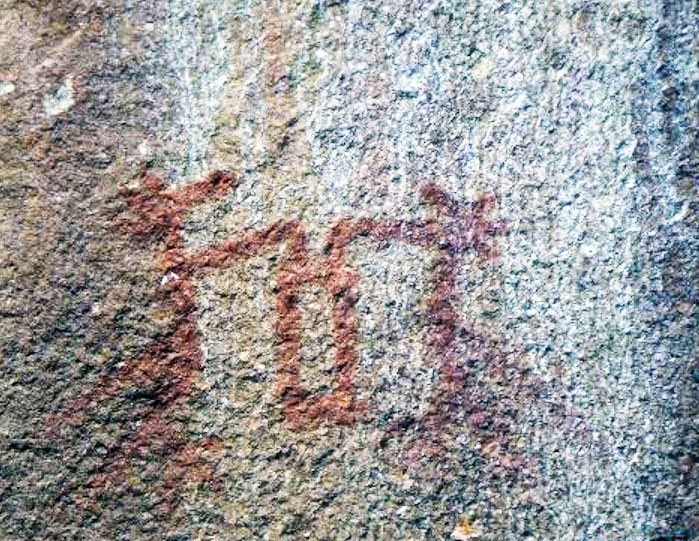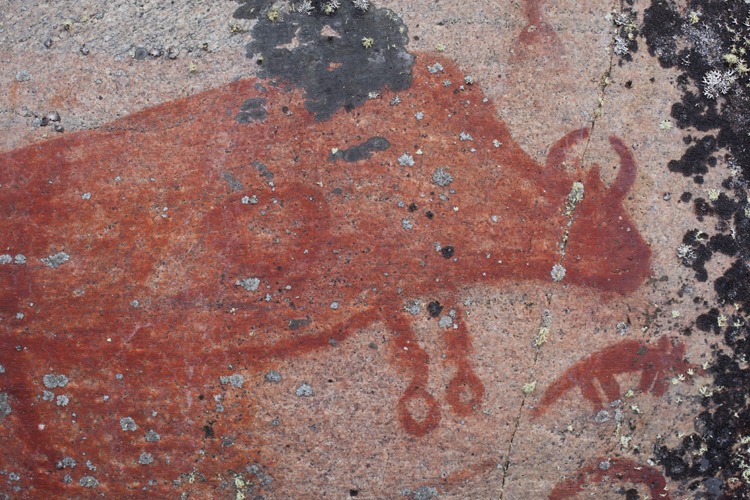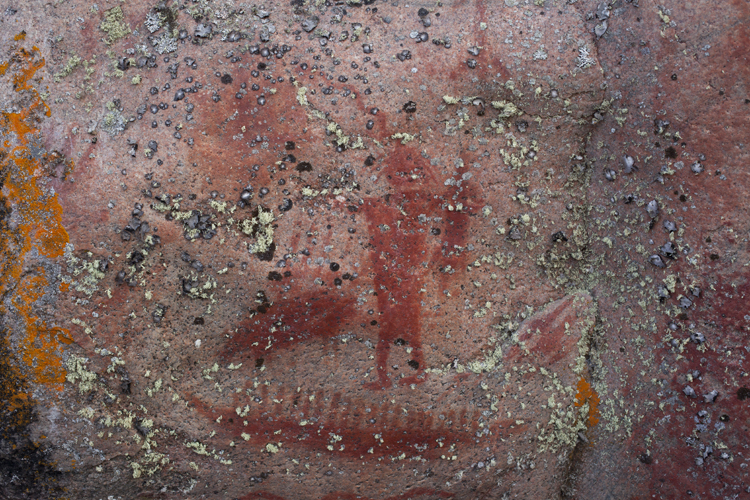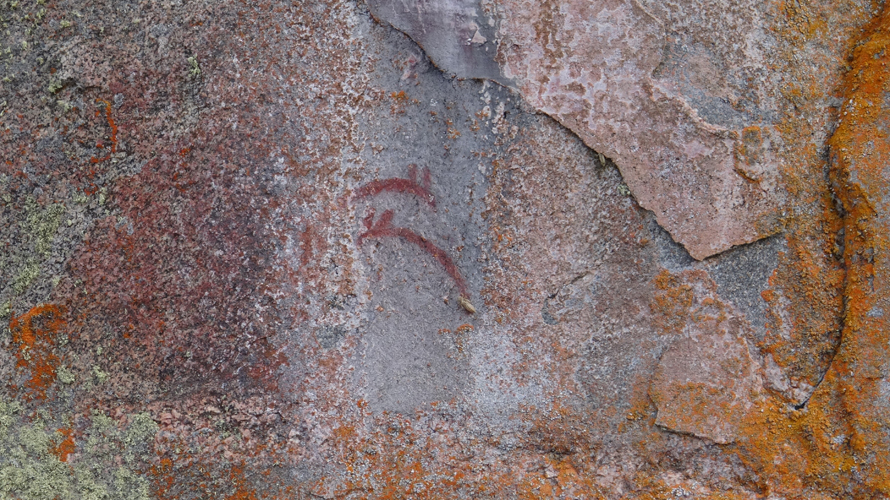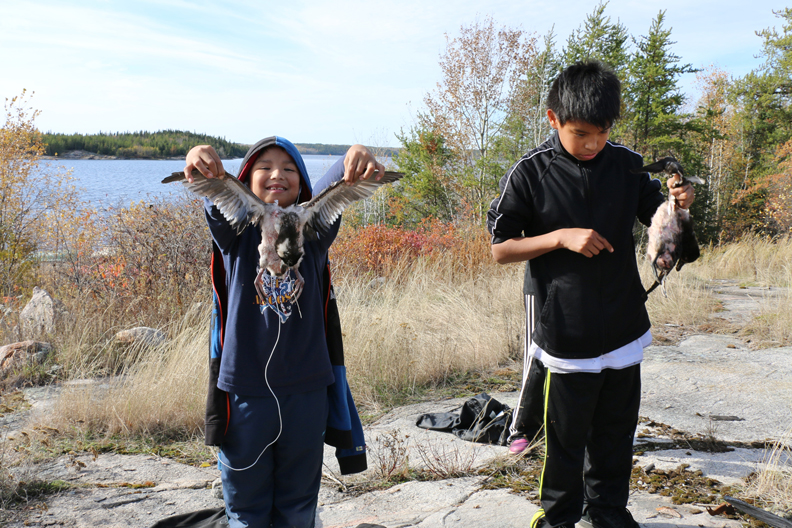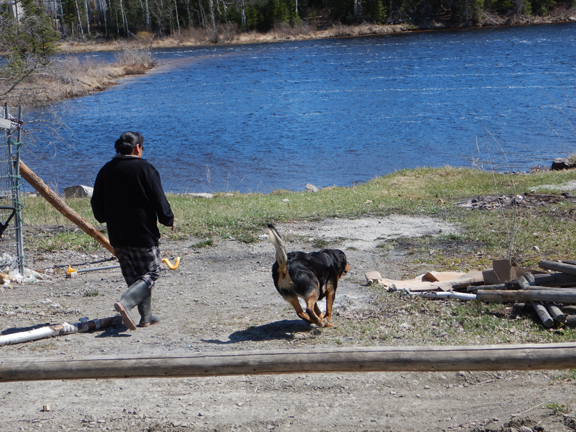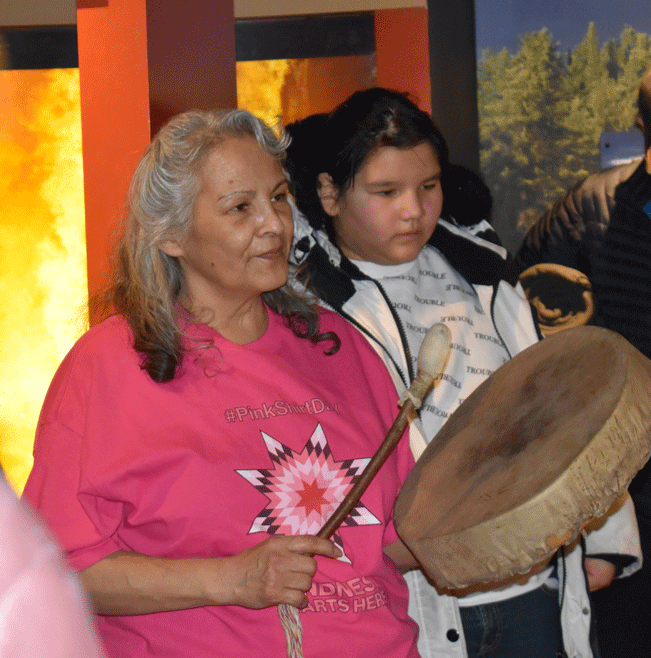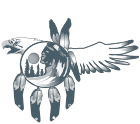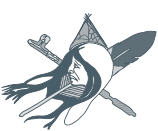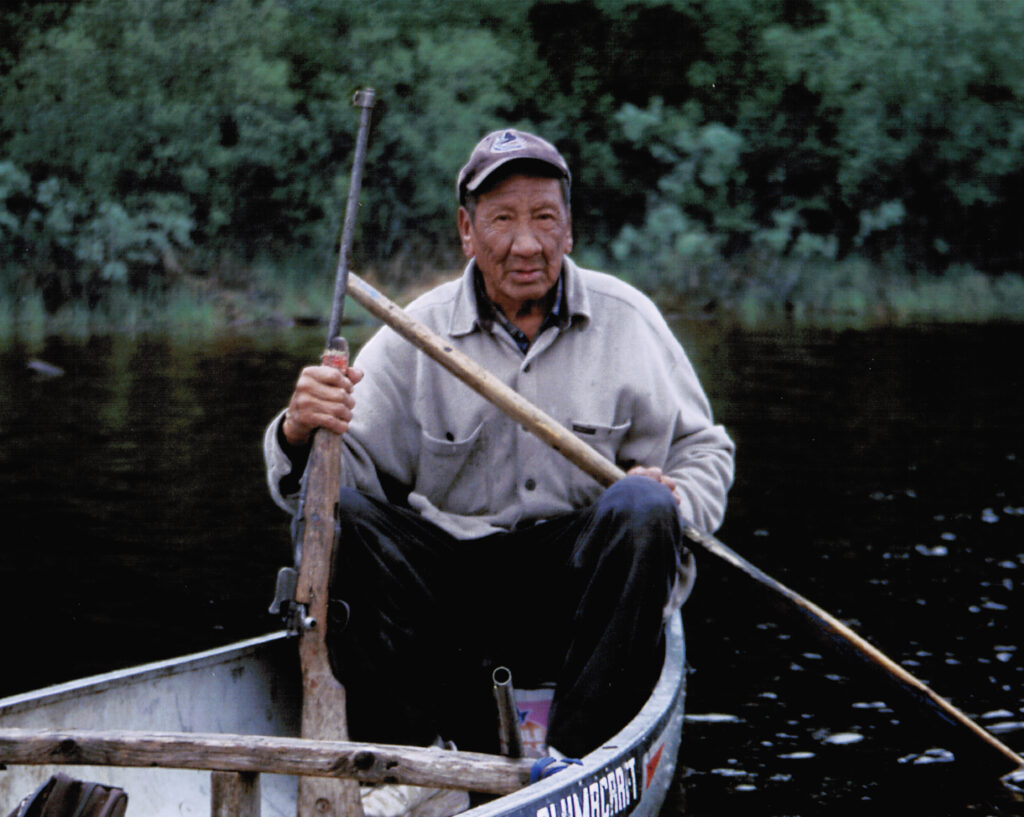
Twenty years ago, First Nation communities of Pimachiowin Aki formed a partnership to support each other in protecting ancestral lands. The vision and commitment are set out in the Protected Areas and First Nation Resource Stewardship: A Cooperative Relationship Accord (the Accord). The Accord recognizes formal protected area planning processes led by Anishinaabeg, which became the foundation of the Pimachiowin Aki World Heritage Site. Elders provided the vision for the plans, based on traditional harvesting areas of Anishinaabe families associated with customary stewardship and governance.
Today there are six community-led plans in Pimachiowin Aki that govern land use and decision-making and guide the work of the Guardians. These are the first plans of their kind to be completed in Manitoba, and the third in Ontario.
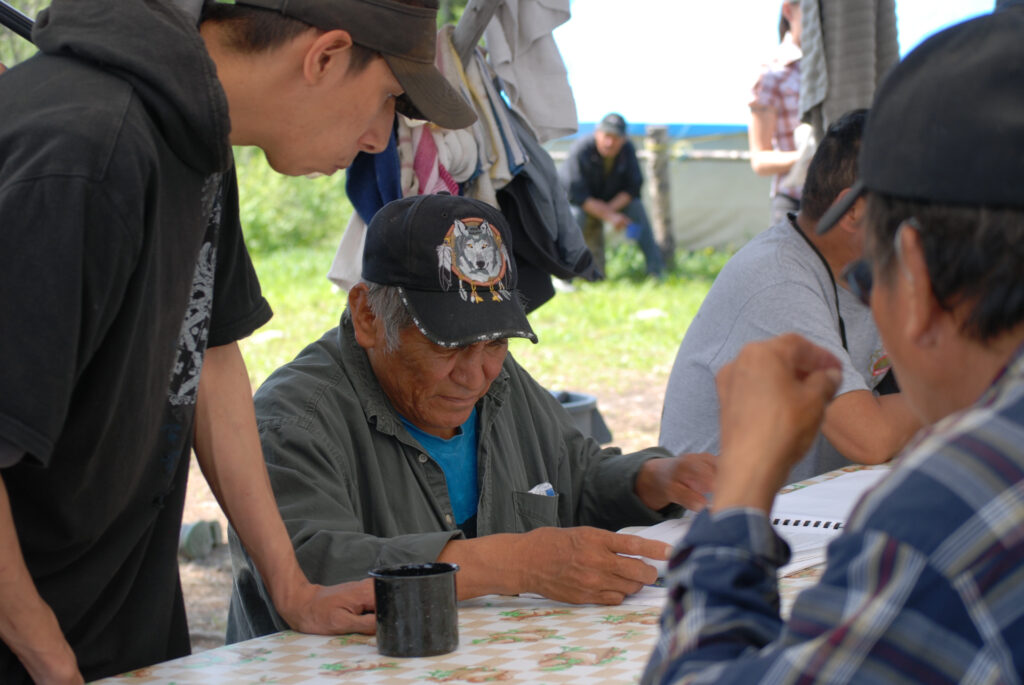
Asatiwisipe Aki Management Plan – Poplar River First Nation
Developed out of respect for “our ancestors who loved and cherished this land and cared for it for centuries to ensure all future generations would have life” and to “keep the land in its natural beauty as it was created”, the plan provides for the protection of the entire 8,620 square-kilometre Poplar River First Nation traditional territory.
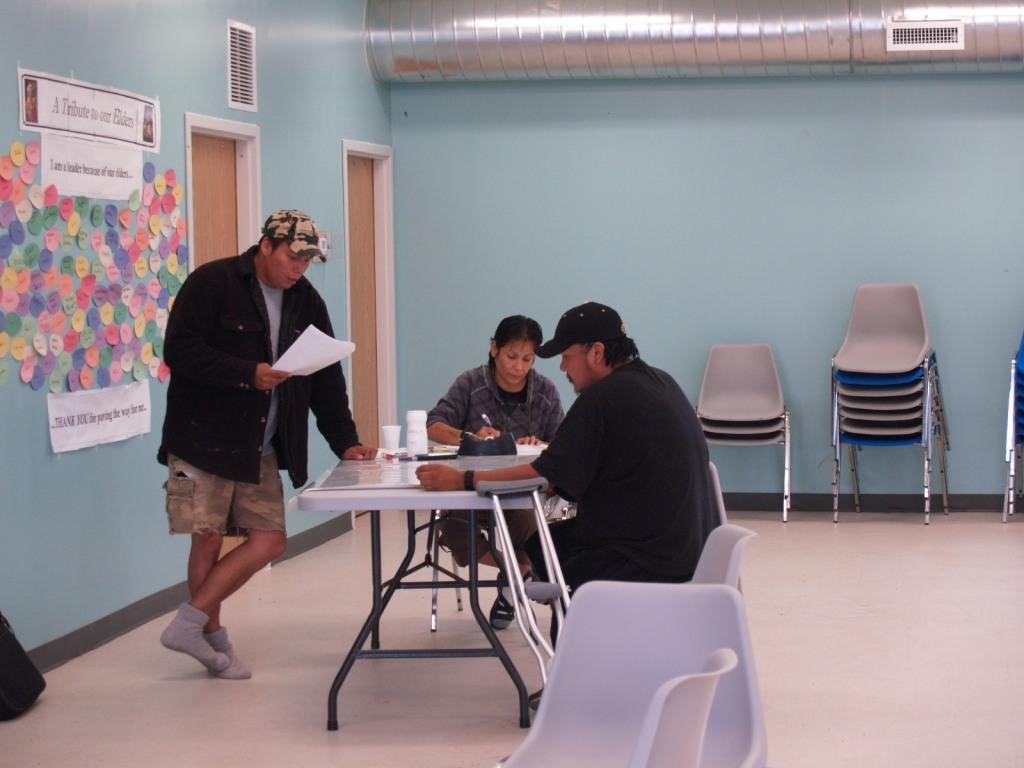
Pimitotah – To Care for Our Land (Bloodvein First Nation)
This plan is dedicated to the Bloodvein River Elders “for sharing their knowledge of the land and resources within our traditional area, and for their help and guidance”. Protection and management of the 3,916 square kilometre traditional territory is guided by a commitment “to look after and take care of the habitat and living things that use this land. To have water that is safe for all living things. To have land that has not been disturbed by industrial development. To smell the fresh air that is free from pollutants. Protection means we will ensure that if economic development takes place, it will be respectful of the land and all life that exists on the land.”
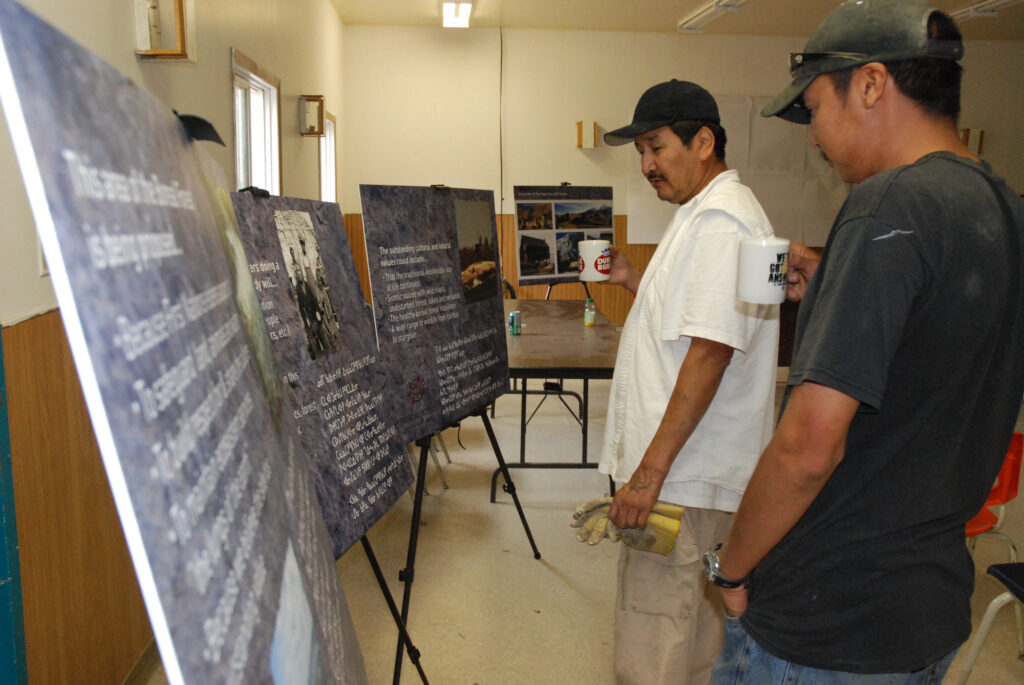
Ni-Kes Lands Management Plan – Little Grand Rapids First Nation (Manitoba)
Little Grand Rapids First Nation Community-Based Land Use Plan (Ontario)
With ancestral lands in both provinces of Manitoba and Ontario, the Little Grand Rapids First Nation completed two land management plans. The plans are “dedicated to the memory of Ni-Kes (Frank Duck), an esteemed Elder, whose knowledge and way of life continue to be an inspiration to the Little Grand Rapids Anishinaabeg”. The plans provide for the protection and management of lands and waters, continued traditional use, and support community-led sustainable economic development opportunities in the 6,612 square-kilometre Little Grand Rapids First Nation traditional territory.
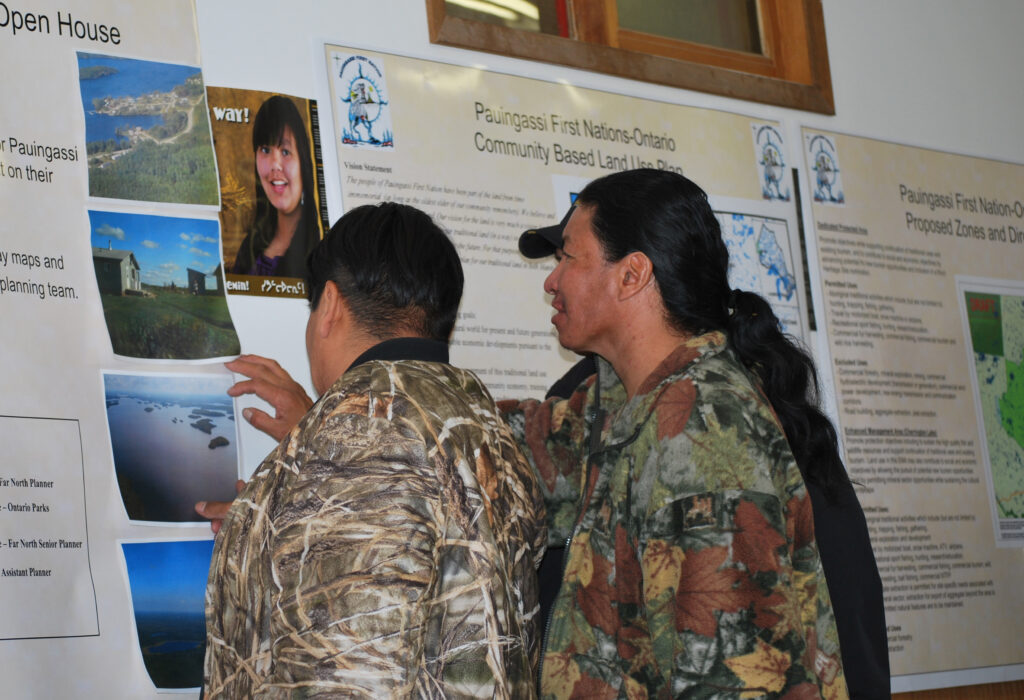
Naamiwan: The Land of Fair Wind Lands Management Plan – Pauingassi First Nation (Manitoba)
Pauingassi First Nation Community Based Land-Use Plan (Ontario)
Pauingassi First Nation has ancestral lands in both provinces of Manitoba and Ontario, and two land management plans. The plans are “dedicated to the memory of Naamiwan (Fair Wind), a renowned medicine man and healer, whose dream, drum and the ceremonies he conducted illustrate the important role of traditional Anishinaabe knowledge, practices and beliefs in land management and protection to this day.”
The plans provide legal protection of lands and waters while supporting potential sustainable economic development opportunities. In finding this balance, the Pauingassi land management plans are contributing to a stronger future for the community. The combined Pauingassi First Nation traditional territory is 4,525 square kilometres in area.
The Pimachiowin Aki Management Plan
The Pimachiowin Aki Corporation participates in implementation of the community-led plans to ensure the area’s Outstanding Universal Value continues to be protected. A Pimachiowin Aki Management Plan was developed by the partners as a unifying document, integrating customary governance and legal prescriptions across the site. This site-level management plan draws its primary direction from the First Nations’ Accord to protect and care for Pimachiowin Aki as a sacred duty and trust to future generations.
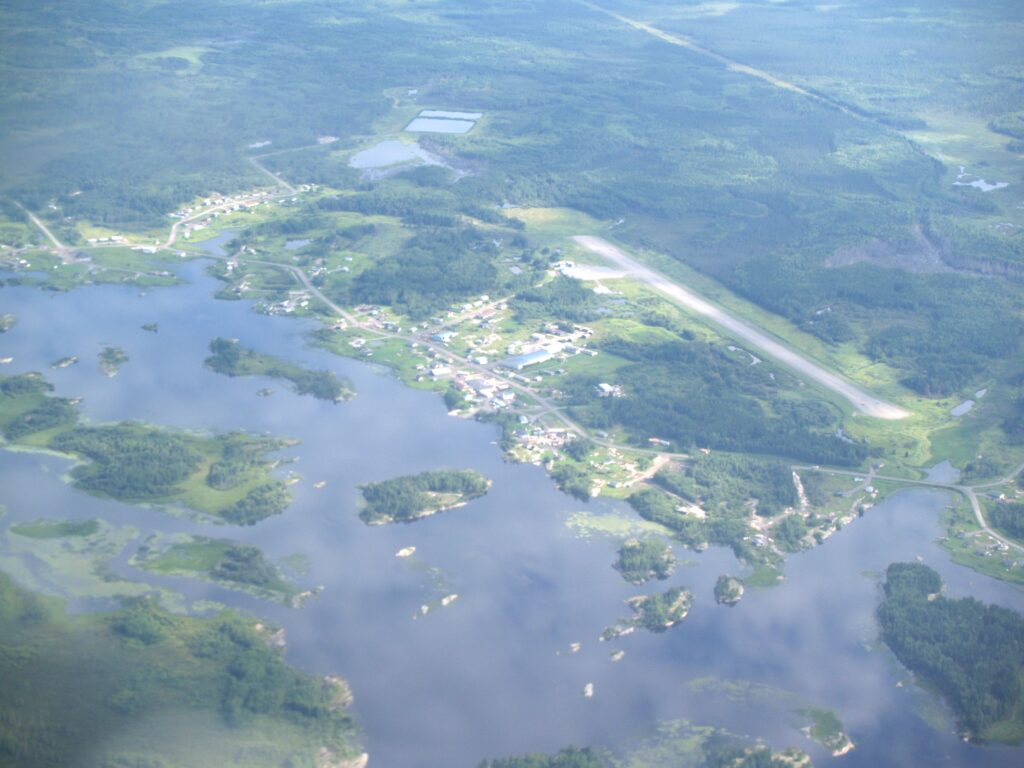
Feature photo: Ni-Kes (Frank Duck), Little Grand Rapids First Nation


